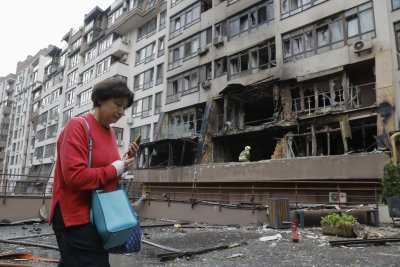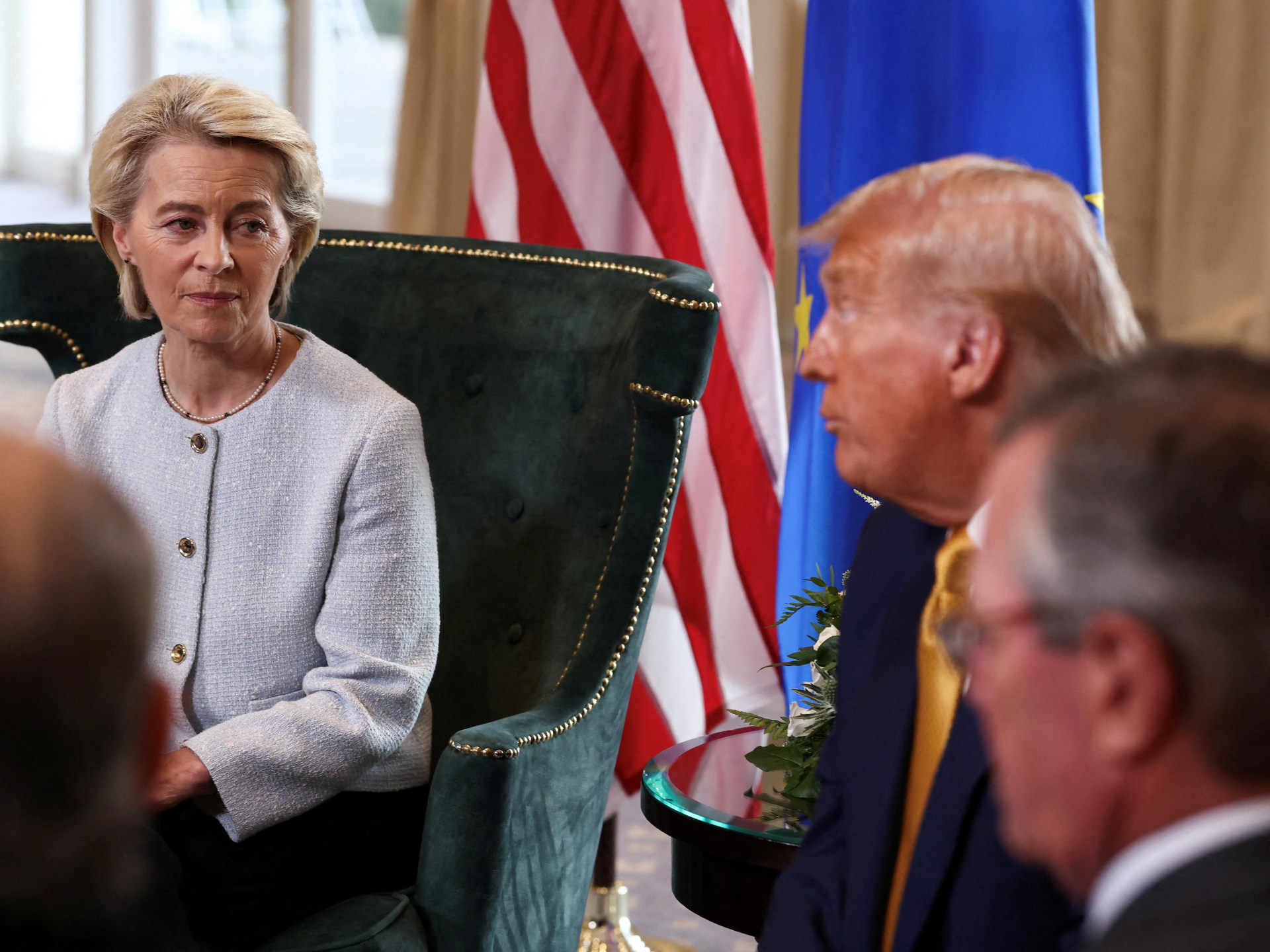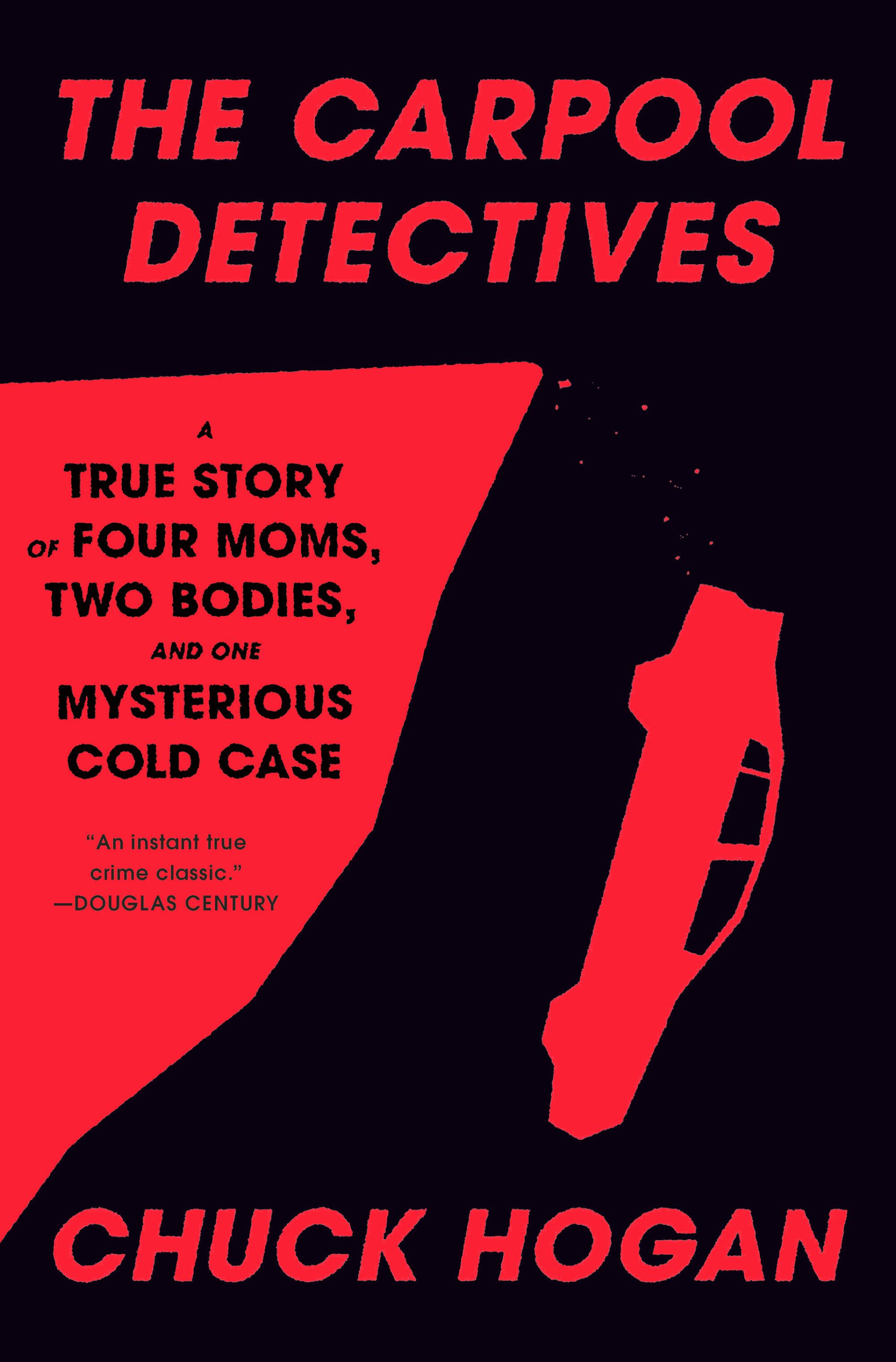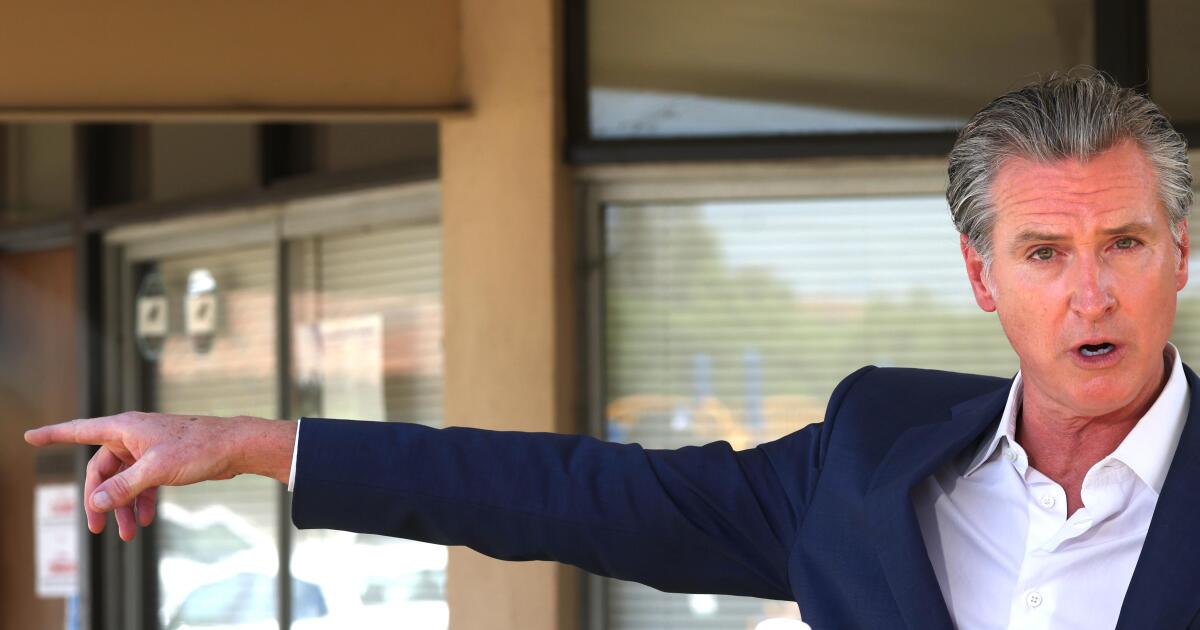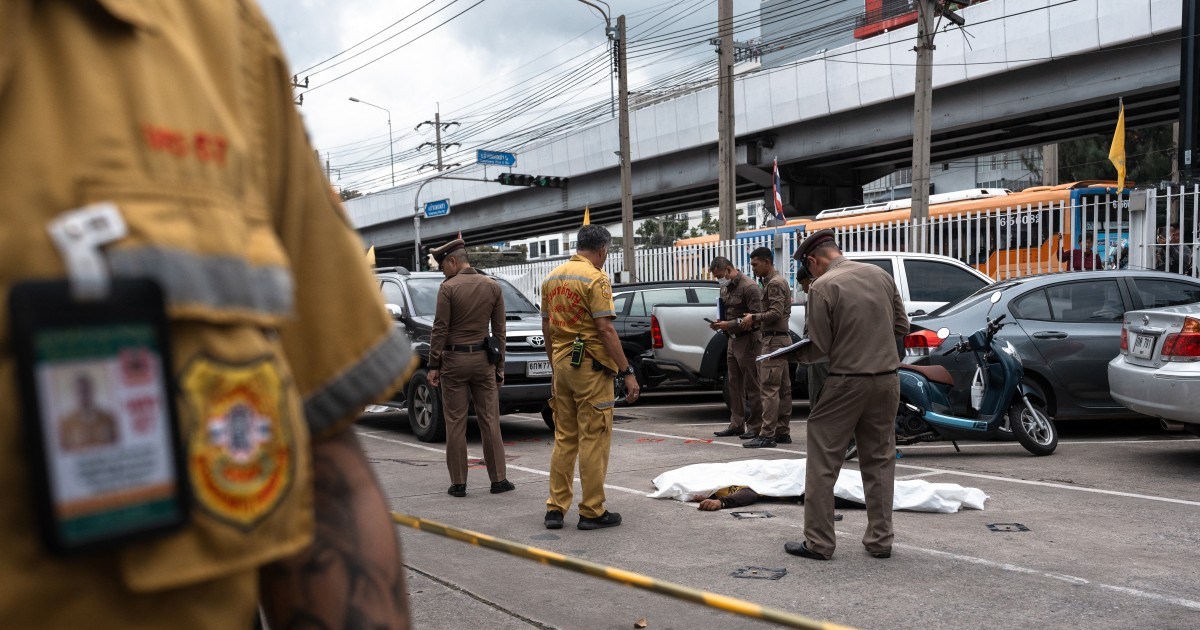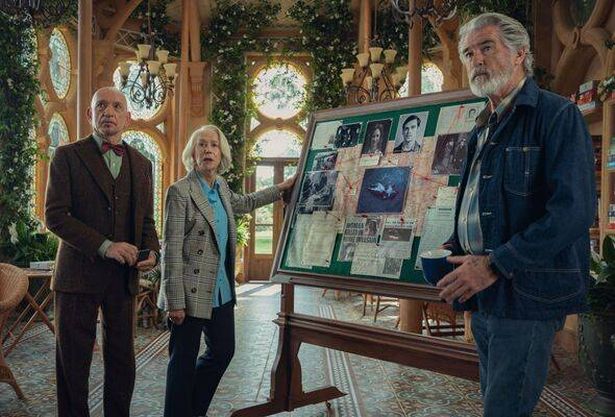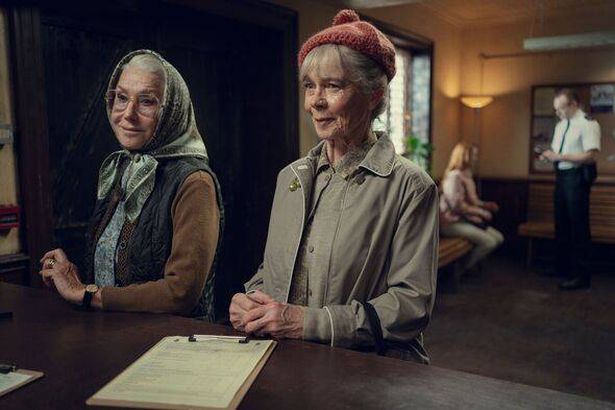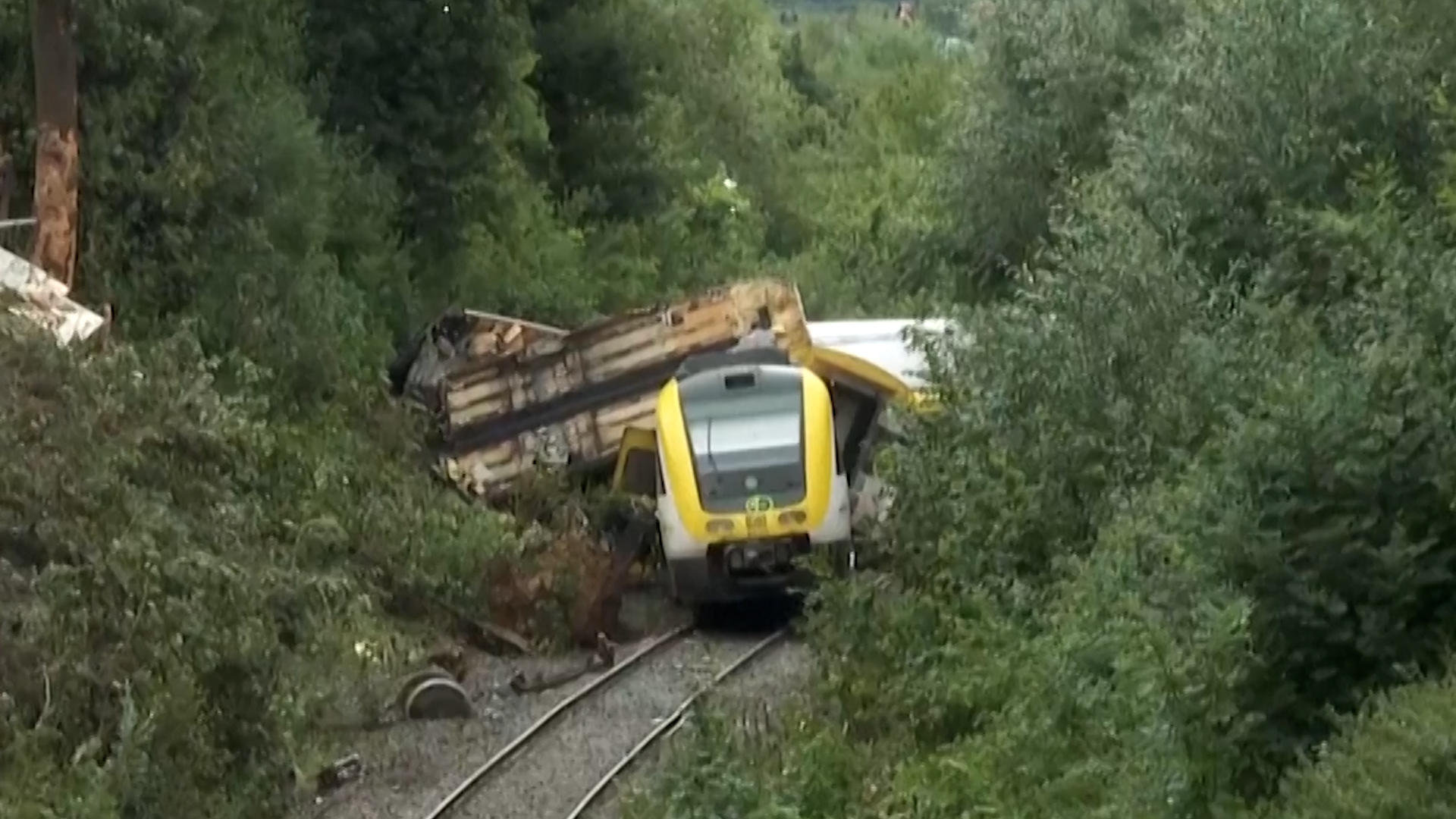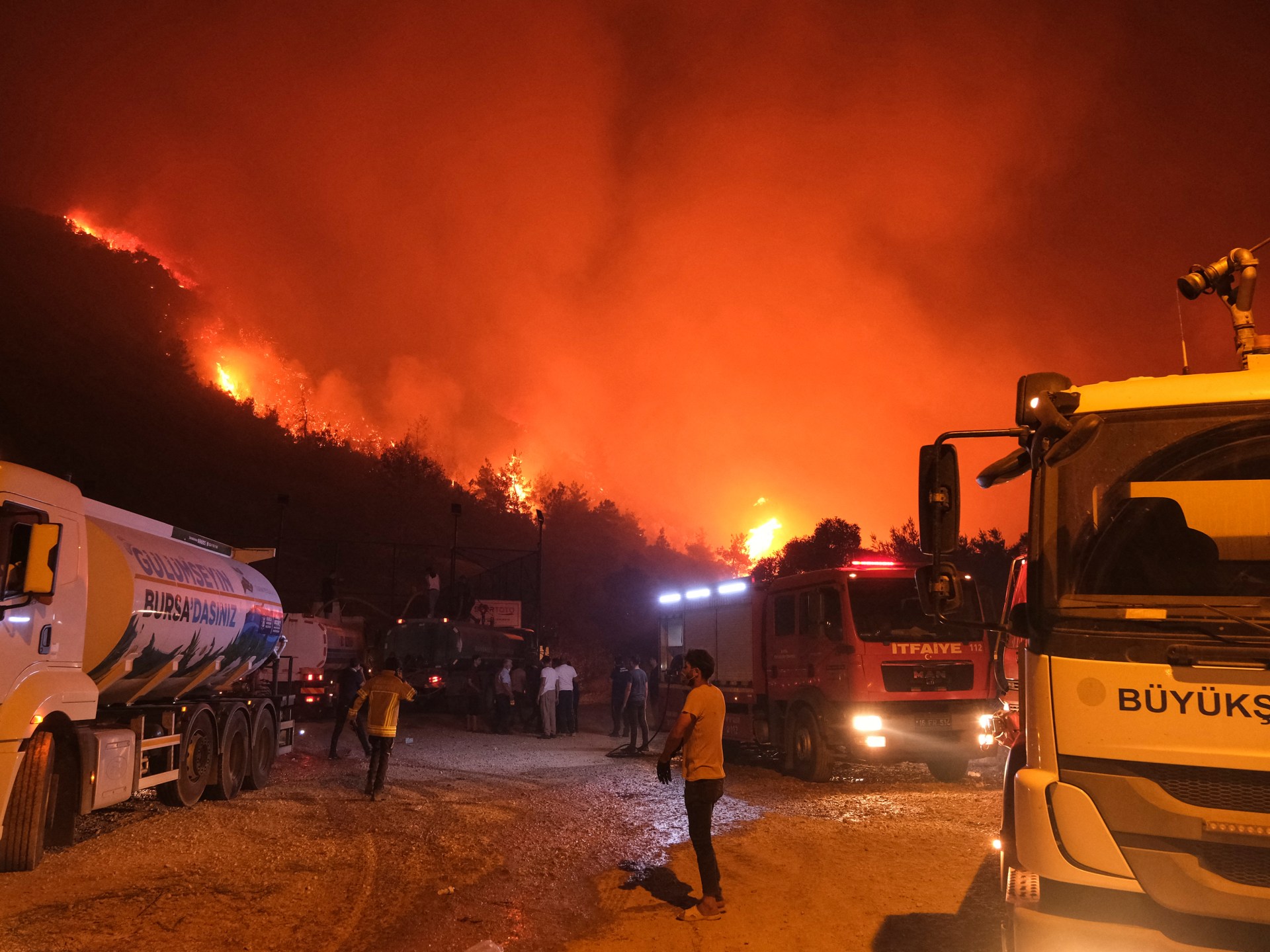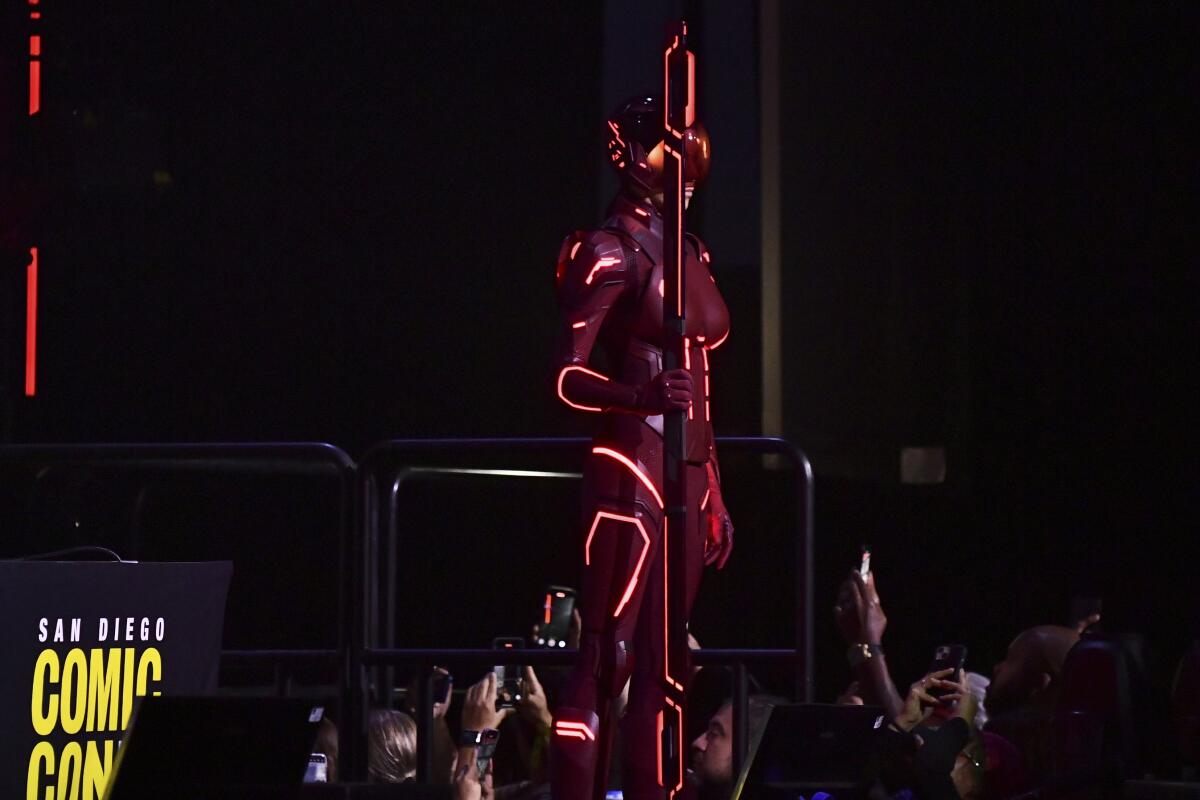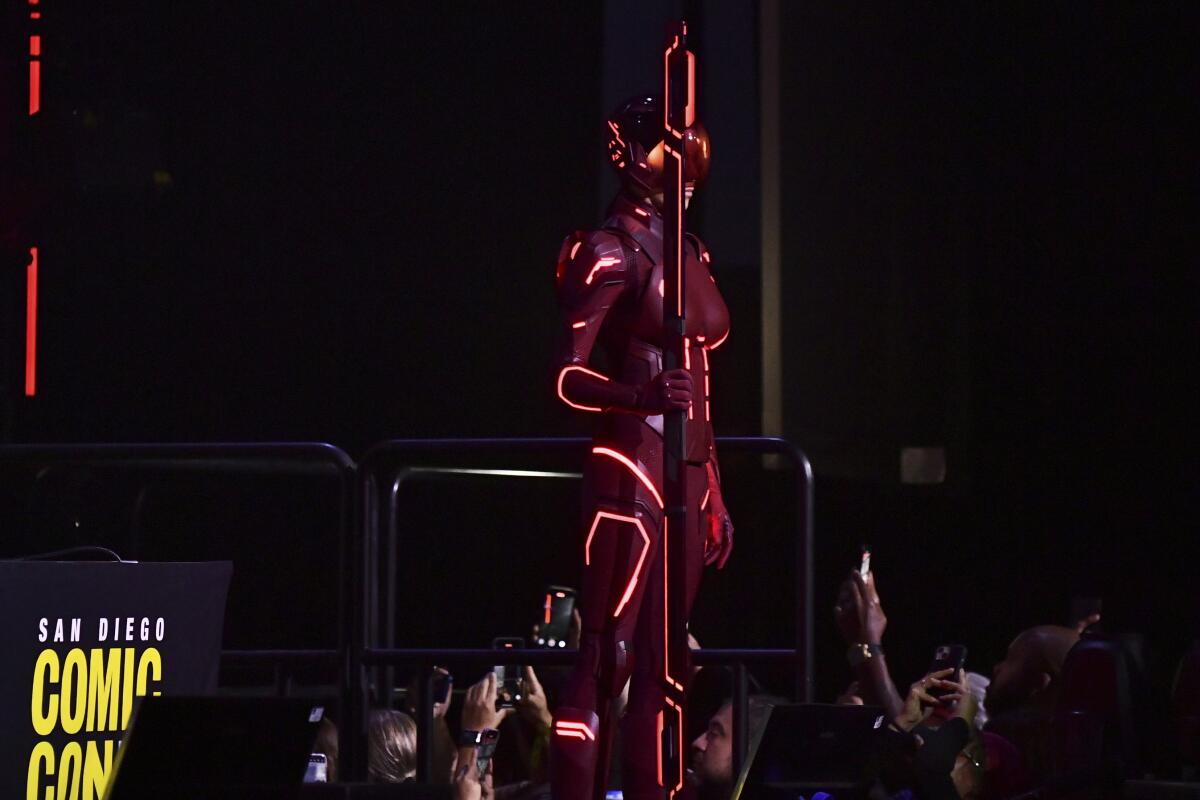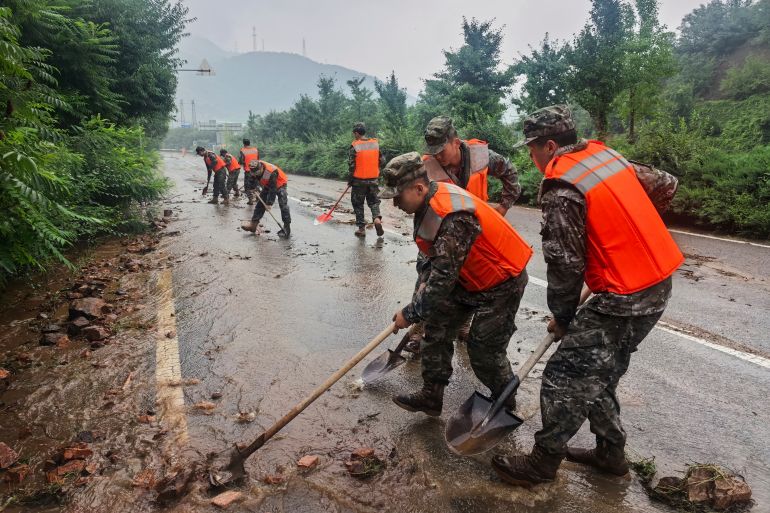NEW YORK — For years, Marianne Hirsch, a prominent genocide scholar at Columbia University, has used Hannah Arendt’s book about the trial of a Nazi war criminal, “Eichmann in Jerusalem: A Report on the Banality of Evil,” to spark discussion among her students about the Holocaust and its lingering traumas.
But after Columbia’s recent adoption of a new definition of antisemitism, which casts certain criticism of Israel as hate speech, Hirsch fears she may face official sanction for even mentioning the landmark text by Arendt, a philosopher who criticized Israel’s founding.
For the first time since she started teaching five decades ago, Hirsch, the daughter of two Holocaust survivors, is now thinking of leaving the classroom altogether.
“A university that treats criticism of Israel as antisemitic and threatens sanctions for those who disobey is no longer a place of open inquiry,” she told the Associated Press. “I just don’t see how I can teach about genocide in that environment.”
Hirsch is not alone. At universities across the country, academics have raised alarm about growing efforts to define antisemitism on terms pushed by the Trump administration, often under the threat of federal funding cuts.
Promoted by the International Holocaust Remembrance Alliance, the definition lists 11 examples of antisemitic conduct, including applying “double standards” to Israel, comparing the country’s policies to Nazism or describing its existence as “a racist endeavor.”
Ahead of a $220-million settlement with the Trump administration announced Wednesday, Columbia agreed to incorporate the IHRA definition and its examples into its disciplinary process. It has been endorsed in some form by Harvard, Yale and dozens of other universities.
While supporters say the semantic shift is necessary to combat evolving forms of Jewish hate, civil liberties groups warn it will further suppress pro-Palestinian speech already under attack by President Trump and his administration.
For Hirsch, the restrictions on drawing comparisons to the Holocaust and questioning Israel’s founding amount to “clear censorship,” which she fears will chill discussions in the classroom and open her and other faculty up to spurious lawsuits.
“We learn by making analogies,” Hirsch said. “Now the university is saying that’s off limits. How can you have a university course where ideas are not up for discussion or interpretation?”
A spokesperson for Columbia didn’t respond to an emailed request for comment.
‘Weaponization’ of an educational framework
When he first drafted the IHRA definition of antisemitism two decades ago, Kenneth Stern said he “never imagined it would one day serve as a hate speech code.”
At the time, Stern was working as the lead antisemitism expert at the American Jewish Committee. The definition and its examples were meant to serve as a broad framework to help European countries track bias against Jews, he said.
In recent years, Stern has spoken forcefully against what he sees as its “weaponization” against pro-Palestinian activists, including anti-Zionist Jews.
“People who believe they’re combating hate are seduced by simple solutions to complicated issues,” he said. “But when used in this context, it’s really actually harming our ability to think about antisemitism.”
Stern said he delivered that warning to Columbia’s leaders last fall after being invited to address them by Claire Shipman, then a co-chair of the board of trustees and the university’s current interim president.
The conversation seemed productive, Stern said. But in March, shortly after the Trump administration said it would withhold $400 million in federal funding to Columbia over concerns about antisemitism, the university announced it would adopt the IHRA definition for “training and educational” purposes.
Then this month, days before announcing a deal with the Trump administration to restore that funding, Shipman said the university would extend the IHRA definition for disciplinary purposes, deploying its examples when assessing “discriminatory intent.”
“The formal incorporation of this definition will strengthen our response to and our community’s understanding of modern antisemitism,” Shipman wrote.
Stern, who now serves as director of the Bard Center for the Study of Hate, called the move “appalling,” predicting it would spur a new wave of litigation against the university while further curtailing pro-Palestinian speech.
Already, the university’s disciplinary body has faced backlash for investigating students who criticized Israel in op-eds and other venues, often at the behest of pro-Israel groups.
“With this new edict on IHRA, you’re going to have more outside groups looking at what professors are teaching, what’s in the syllabus, filing complaints and applying public pressure to get people fired,” he said. “That will undoubtedly harm the university.”
Calls to ‘self-terminate’
Beyond adopting the IHRA definition, Columbia has also agreed to place its Middle East studies department under new supervision, overhaul its rules for protests and coordinate antisemitism training with groups such as the Anti-Defamation League.
Last week, the university suspended or expelled nearly 80 students who participated in pro-Palestinian demonstrations.
Kenneth Marcus, chair of the Louis D. Brandeis Center for Human Rights Under Law, said Columbia’s actions were an overdue step to protect Jewish students from harassment.
He dismissed faculty concerns about the IHRA definition, which he said would “provide clarity, transparency and standardization” to the university’s effort to root out antisemitism.
“There are undoubtedly some Columbia professors who will feel they cannot continue teaching under the new regime,” Marcus said. “To the extent that they self-terminate, it may be sad for them personally, but it may not be so bad for the students at Columbia University.”
But Hirsch, the Columbia professor, said she was committed to continuing her long-standing study of genocides and their aftermath.
Part of that work, she said, will involve talking to students about Israel’s “ongoing ethnic cleansing and genocide” in the Gaza Strip, where nearly 60,000 Palestinians have died in 21 months of war — most of them women and children, according to Gaza’s Health Ministry — and where experts are warning of rising famine.
“With this capitulation to Trump, it may now be impossible to do that inside Columbia,” Hirsch said. “If that’s the case, I’ll continue my work outside the university’s gates.”
Offenhartz writes for the Associated Press.




